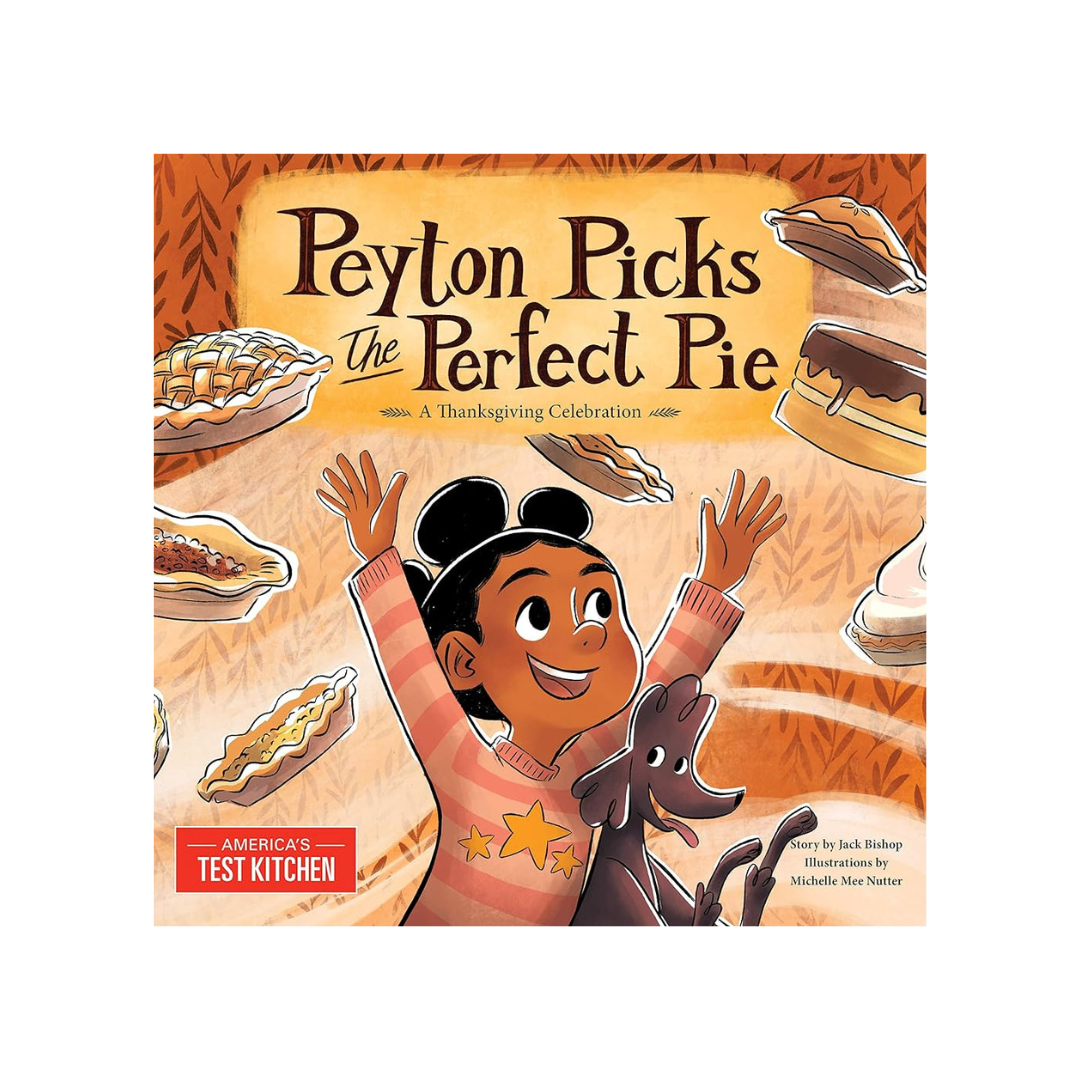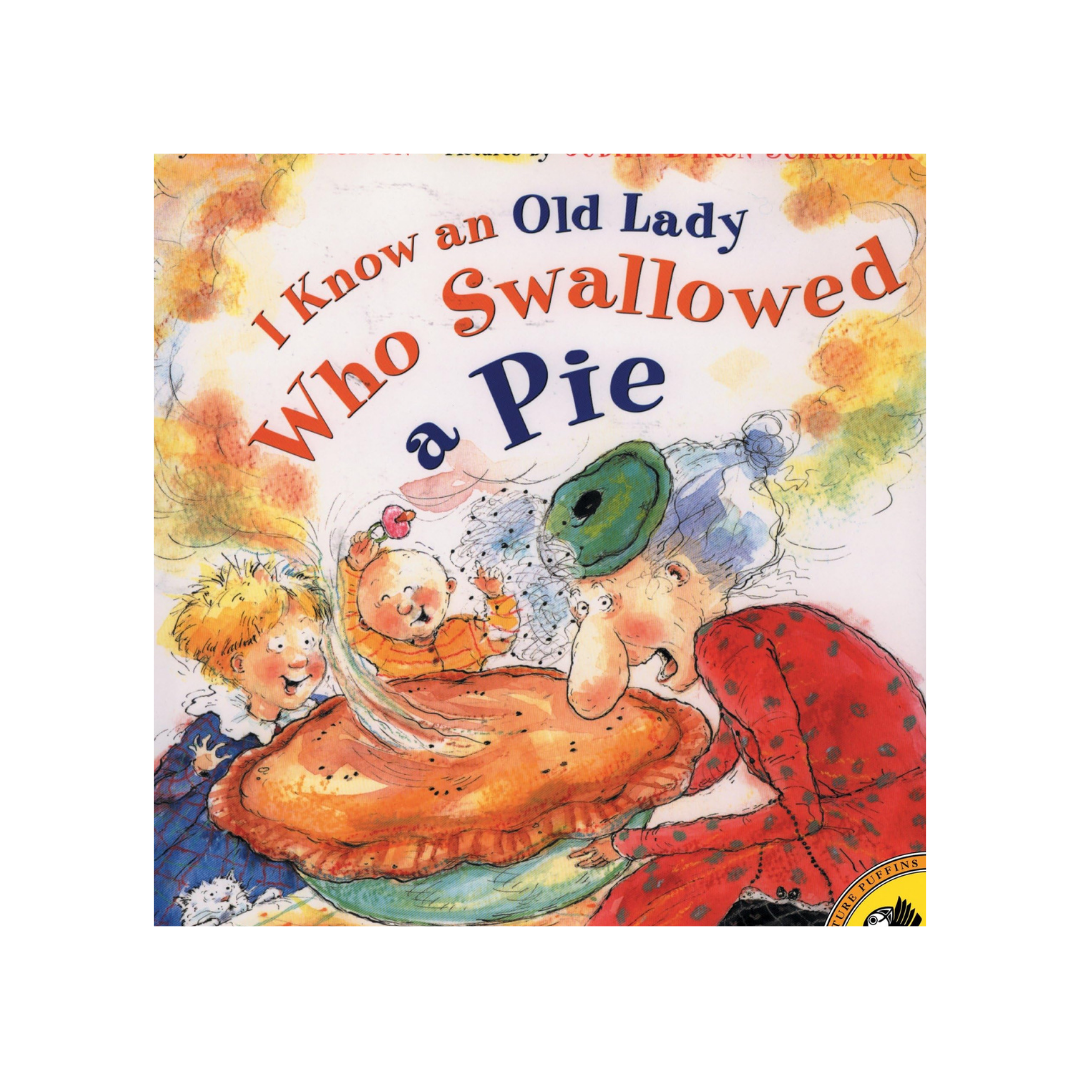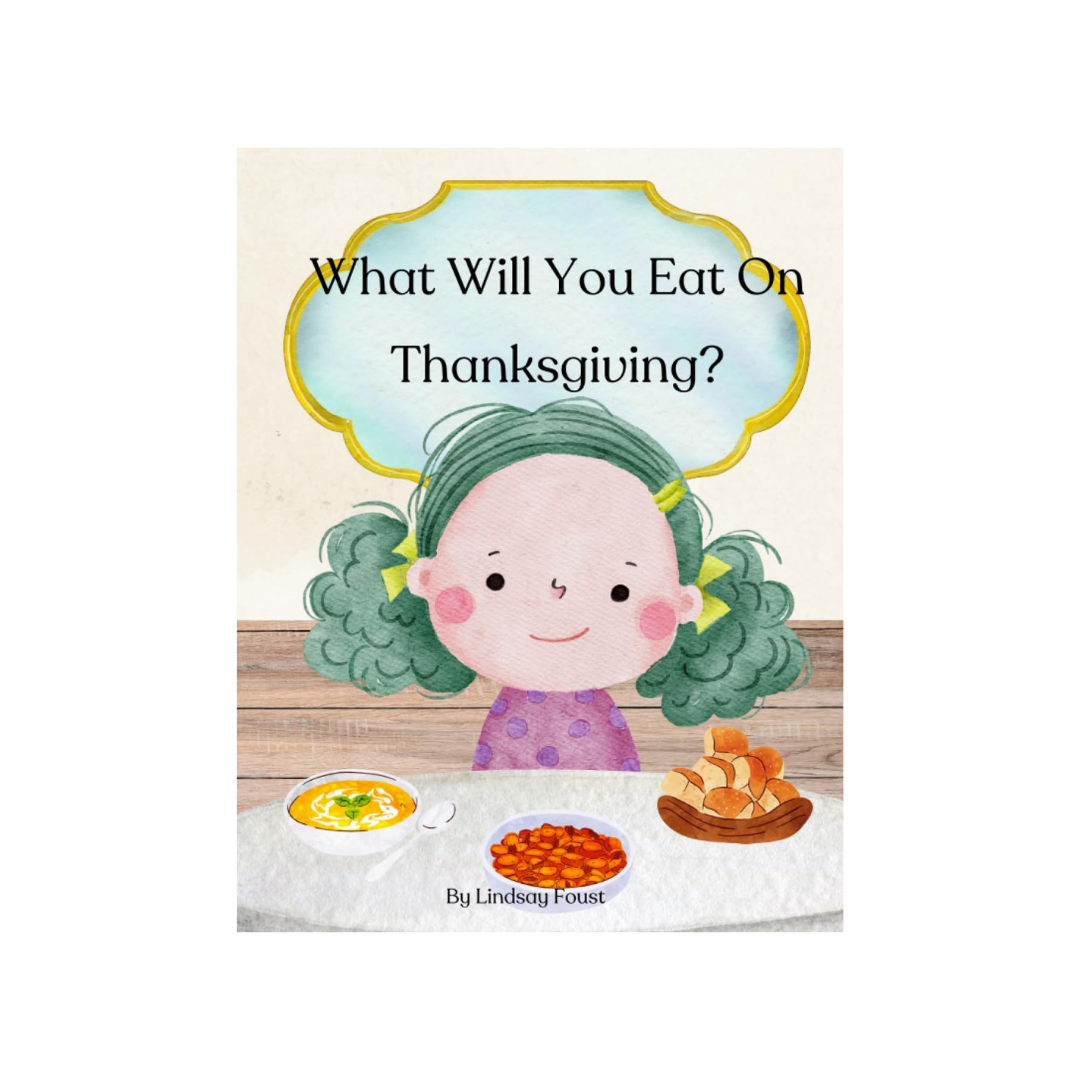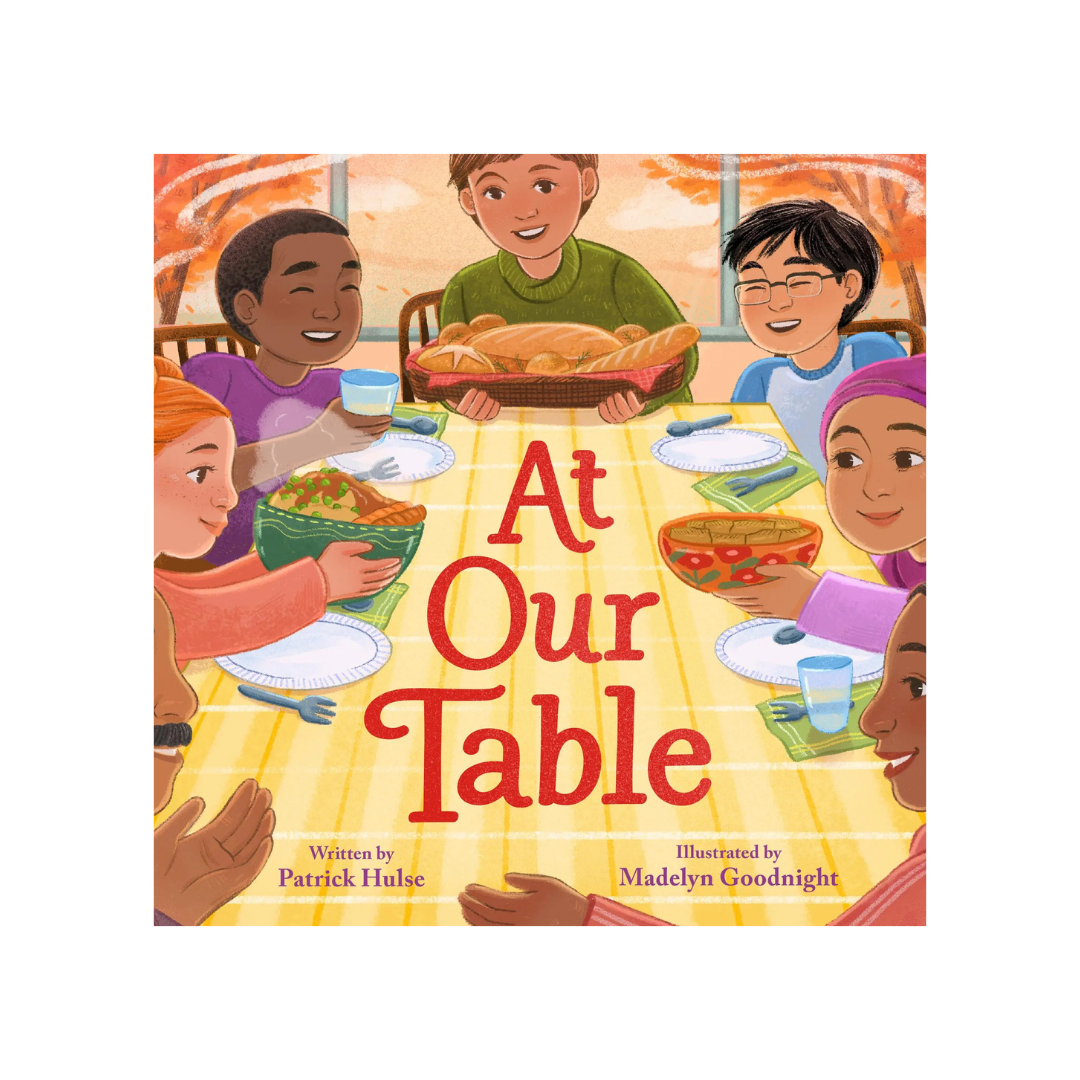5 Books to Help Prepare Your Cautious Eater for Thanksgiving
Level One: Educational Exposure to Build Comfort & Confidence
Thanksgiving is such a beautiful holiday, but if you have a cautious or sensitive eater, you already know how overwhelming it can feel for them. There are new smells in the air, foods that look different than what they’re used to, lots of people talking, and so much attention on eating. For a child who prefers predictability, all of this can feel like a lot to take in.
Before a child can taste something new, they need to feel safe with it. This is why Level One of the 5 Levels of Food Exposure™ at Kids Feeding Wellness™ focuses on Educational Exposure. When children first learn about foods such as what they look like, why we eat them, and how they fit into the holiday, those foods become familiar instead of scary. The more familiar something feels, the more confident and relaxed your child will be when they see it at the Thanksgiving table.
One of the easiest and most comforting ways to build this familiarity is through picture books. Reading together gives your child a chance to explore new foods through storytelling, illustrations, and language. Below are five books you can read in the days or weeks leading up to Thanksgiving.
1. Peyton Picks the Perfect Pie
By America’s Test Kitchen Kids
This story is a great option for children who warm up slowly to new experiences. Peyton is thoughtful, curious, and takes her time trying new things. With so many foods to explore on Thanksgiving (which can feel overwhelming), she decides to choose one food and explore different types…PIES! As Peyton explores different types of pies, she learns that it’s okay to be selective and to move at her own pace. The story not only normalizes slow exploration but also encourages curiosity. There’s even a kid-friendly pie recipe at the end, which can turn into a fun little kitchen activity you and your child do together when they’re ready (Level 4 of our 5 Levels of Food Exposure!).
2. I Know an Old Lady Who Swallowed a Pie
By Alison Jackson
If your child enjoys humor, this book brings food exposure to life in the most playful way. The silly, rhyming story introduces many common Thanksgiving foods, and the repeated images and phrases help children become more familiar with them. When something makes your child laugh, their body relaxes and relaxed bodies learn better. This story gives your child an opportunity to see Thanksgiving foods without pressure and connect them with something fun rather than something stressful.
3. What Will You Eat on Thanksgiving?
By Lindsay Foust
This gentle picture book walks children through some classic Thanksgiving dishes like turkey, bread, vegetables, and pie. The illustrations and descriptive language help your child form a mental picture of what they might see that day. And remember: when a child knows what to expect, they feel safer. Reading this together opens the door to simple conversations about Thanksgiving foods without asking them to taste or touch anything yet. It’s all about giving their nervous system a sense of predictability.
4. The Night Before Thanksgiving
By Natasha Wing
Kids often feel overwhelmed not only by the food but also by the changes in routine on Thanksgiving. This story helps prepare them for the flow of the day like cooking, guests arriving, the busy table, and the excitement. The rhyming, predictable structure helps children feel like they can anticipate what will happen next. When children know the plan, the day feels calmer, and that sense of calmness supports their comfort around food too.
5. At Our Table (My Favorite)
By Patrick Hulse
This book beautifully captures what Thanksgiving is really about: connection, gratitude, and belonging. It highlights diverse traditions and encourages children to appreciate where food comes from without placing emphasis on eating everything. For cautious eaters, feeling emotionally safe at the table is just as important as the food itself. This story helps your child understand that mealtime is about being together, not about taking bites they’re not ready for. It allows them to feel included, even if they don’t eat everything that’s served and that’s huge for relieving pressure.
How to Use These Books with Your Child
You can read these stories in the days leading up to Thanksgiving or even on the morning of. Keep the conversations simple and focus on describing what you notice like the colors, the shapes, how something looks on the page, or how characters feel. If they want to read a book again, let them. Repetition helps build comfort.
On Thanksgiving Day itself, you and your child can have fun pointing out foods you both remember from the books. This shared moment of recognition helps your child feel grounded and reassured — like, “Oh! I know that. I’ve seen this before.” It turns the table into a familiar place instead of an intimidating one.
Over time, this kind of exposure creates a progression that’s natural and supportive: first they get exposed, then things start to feel familiar, then they feel more comfortable, and eventually, when they’re ready, confidence grows, including with eating.
Final Thoughts
By reading stories that included beloved foods like those on Thanksgiving day, you are giving your child background knowledge to support them during a holiday that can feel overwhelming. Even if they don’t eat everything at the table, they will feel more included, safer, and more connected and that matters so much.
This approach comes from Level One of the 5 Levels of Food Exposure™ at Kids Feeding Wellness™, a framework designed to help cautious eaters build confidence without pressure. If you’d like to read more about the 5 Levels of Food Exposure™, check out this blog for more information.





